When: April 13th – April 15th
Pimay, or Boun Pimay (litterally "Festival New-year") is the most widely celebrated festival in Laos. When it is usually celebrated for 3 days in Laos, Luang Prabang celebrates it for almost 1 week.
During this time, we can participate to the festival of water where all the people throw water to each other (with water guns or water bazookas, buckets with colored water). Using water, but also charcoal, wheet and red color to paint the faces, makes this festival a full experience of a south and smiley war.
The first day, on the morning until midday, a big market take place in the big avenue of Luang Prabang, providing products coming from all Laos and abroad. After lunch, time comes to go to the island close to Ban Xieng Men, where a big party is organized. Lao Buddhist traditionally take a bath in the Mekong River to purify from all the past sins. In the island, people are making sans pyramids, for fortune and luck.
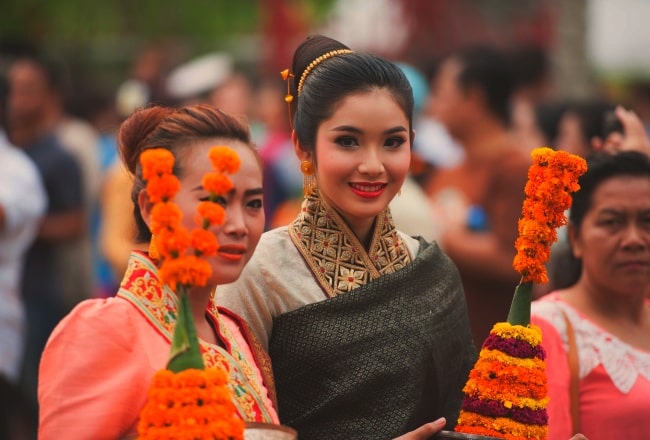
The 2nd day is the black day, day free years. There, one can legitimately do what you want. We will clean his house, to prepare for the next day, the first day of the year. On this day the grand parade takes place : around 200 monks, and more than 1000 people wearing traditional clothes and costumes march to Wat XiengThong, the most holy temple of the town (see pictures).
The last day of the festival marks the start of the new year. This day many families will hold a Baci at their houses to welcome Lao New Year as well as to wish their elders good health and long life. Some might respectfully ask for forgiveness from their elders for things that they did in the past year that might have hurt their feelings unintentionally. And at the same time they give the elders gifts.
In late afternoon or evening of the last day, in the temples, the Prabang statue is coming back to the Wat Mai. Devotees go there to put religiously water on the holy statue, asking good luck for the coming year. After that, a vien tien – a candlelight procession – takes place around the wat and that is the end of the Lao New Year celebration.
Here is more detail about Laos New Year

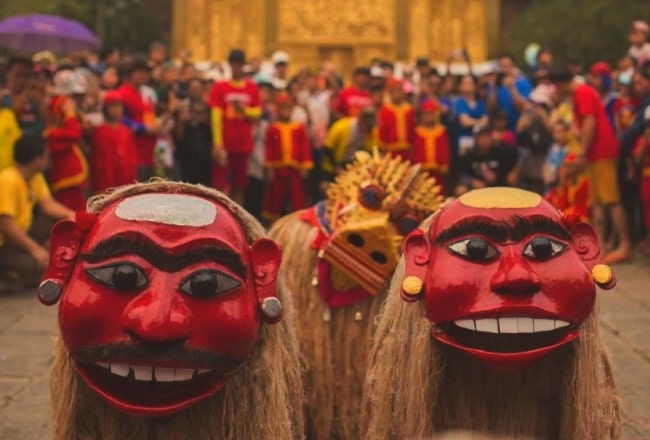
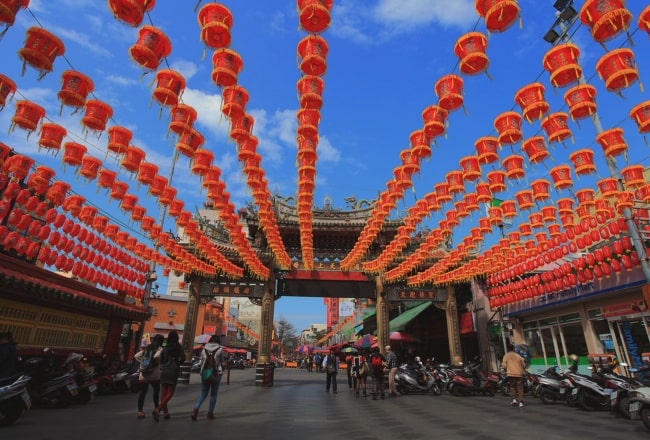


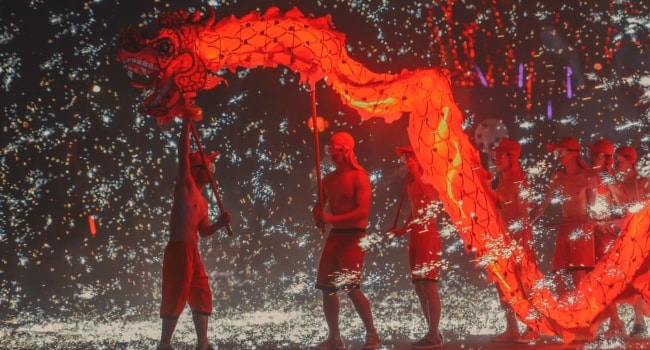

 20/01/2026
20/01/2026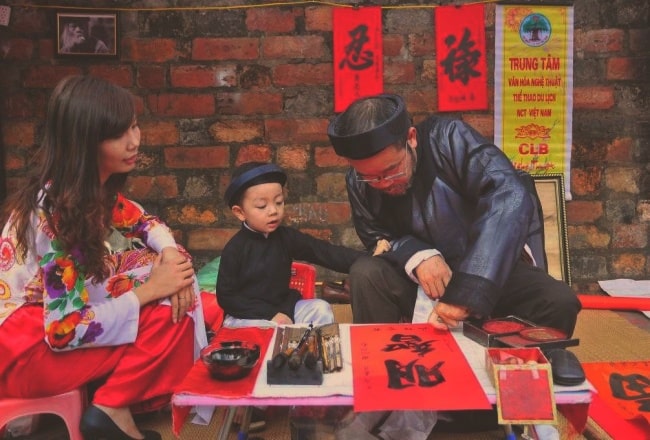
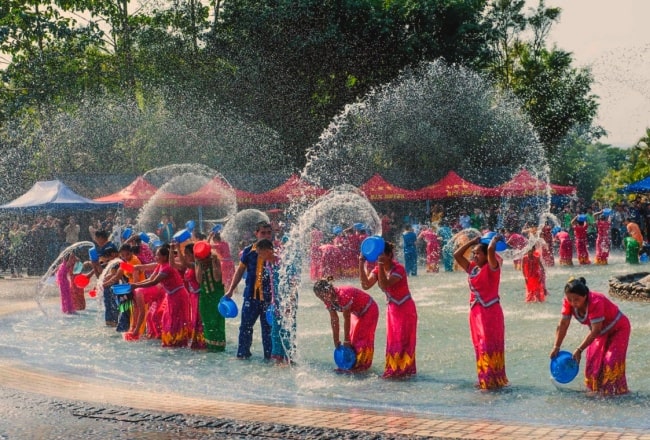
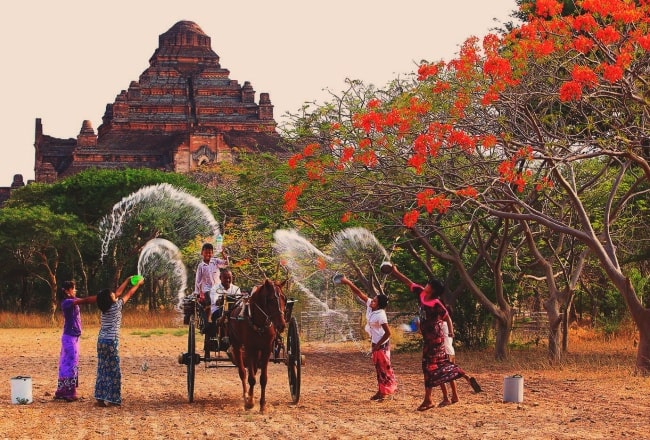
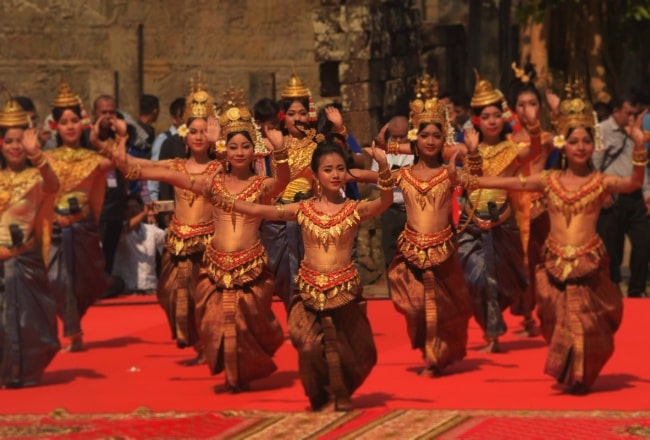



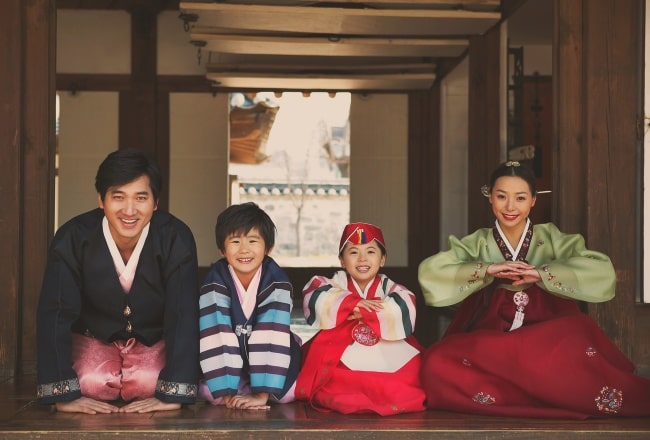
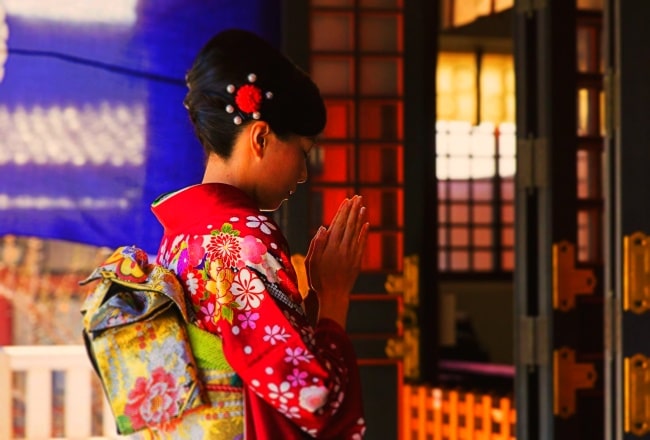
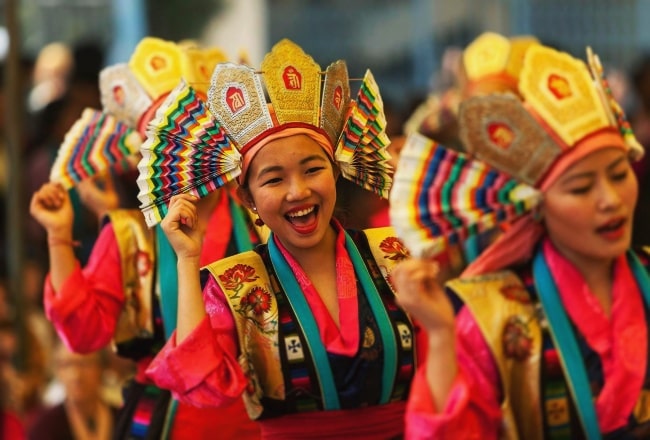
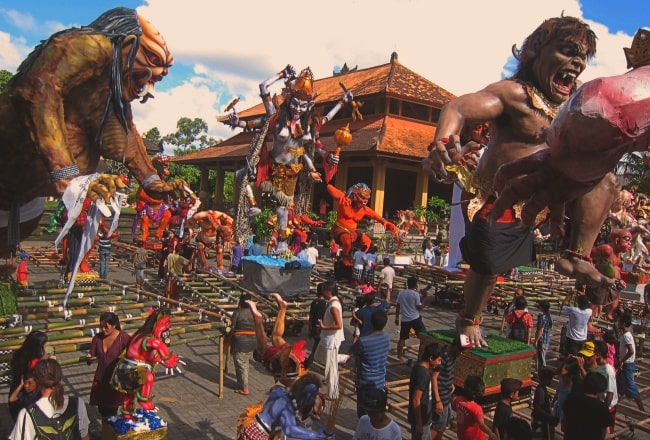
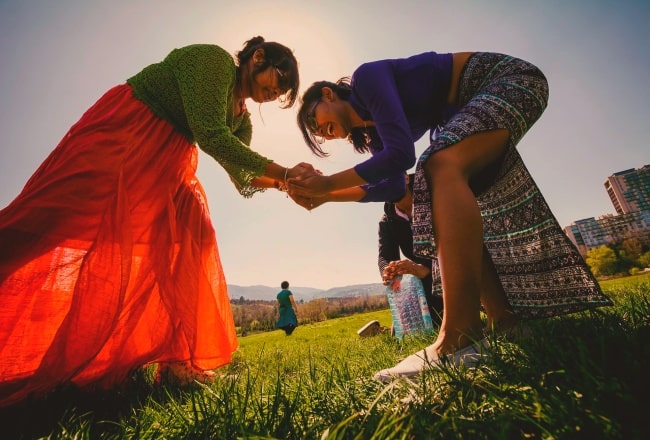
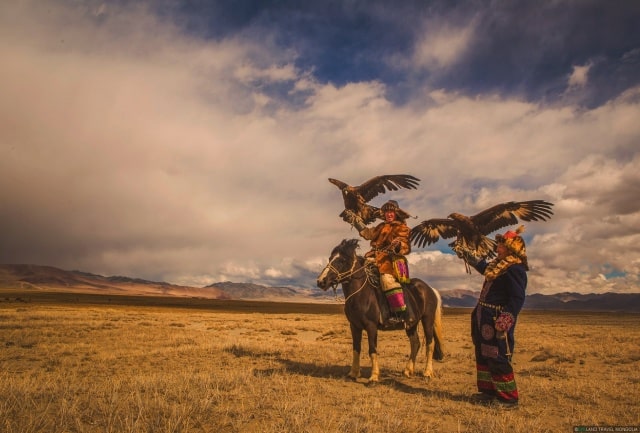



















Jolie LIEMMy name is Jolie, I am a Vietnamese girl growing up in the countryside of Hai Duong, northern Vietnam. Since a little girl, I was always dreaming of exploring the far-away lands, the unseen beauty spots of the world. My dream has been growing bigger and bigger day after day, and I do not miss a chance to make it real. After graduating from the univesity of language in Hanoi, I started the exploration with a travel agency and learning more about travel, especially responsible travel. I love experiencing the different cultures of the different lands and sharing my dream with the whole world. Hope that you love it too!